We’ve seen before that imitation isn’t a new phenomenon in the fashion industry. Brands, in fact, have been copying each other for much of the past century and continue to do so. Imitating remains one of the ways fashion houses express their admiration for their counterparts. It is also the primary means for most luxury brands that aren’t Hermès to cash in on ongoing trends, and at this point, nearly every brand is guilty of taking part in the race of drawing inspiration from others. So much, in fact, that it can be argued that there remain few original designs today.
Defining a Dupe
This time around, however, we take a look at the buyer’s perspective on the matter. We’ve already seen how imitations differ from counterfeits (don’t buy counterfeits, folks). But when it comes to customers en masse, the term “imitation” or “inspiration” isn’t as common as another, and that is a “dupe.” Actually, every time a popular new design is released by a (usually) well-known fashion house, Google is swamped by searches for its dupes, with terms like “Bottega Veneta Pouch Dupe,” “Hermès Birkin Dupe” and “Dior Saddle Dupe” all trending on the search engine at any given moment.
Editor’s Note: a dupe is defined as an item that has qualities or similarities to a designer item but doesn’t overtly copy logos or its trademarked features. A dupe gives off the same vibe as its designer original, but it’s easily distinguishable as not
Clearly, buyers are wasting no time even considering splurging boatloads of money after the originals. While another portion of users are frantically looking these up to loudly express their dissatisfaction towards how badly made/replicated these dupes are in relation to the originals. A third segment (notably fashion bloggers) makes more helpful comparisons between the two and provides recommendations that may or may not be laced with some chances at a commission. A fourth category (which I like to classify myself under) simply lurks and watches. The Internet is a big place, y’all.
What Drives Demand For Dupes?
So, why this obsession with buying dupes in the first place? Well, primarily, the need to buy one is centered on a buyer’s affordability. Not everybody can drop serious cash on a purse, regardless of its popularity, alleged high quality, and design. In fact, buying dupes isn’t really limited to purses. There are imitations of various things from automobiles to ready-to-wear and makeup products (I know because I’ve seen my mom Google Mac’s Russian Red lipstick dupes one too many times). It might even be that one might not consider the original to be worth the high price tag, given how established it is by now that the brand name contributes a big chunk of it. Essentially, it’s the appeal of the “look for less” that drives the dupe market.
Furthermore, there are dupes available for other dupes too! The Michael Kors Jet Set Charm MD Pouch, priced at around $350, is a take on the popular Louis Vuitton Multi Pochette Accessoires that currently retails for $2,050. In contrast, there’s a Guess version that appears to be a spinoff of the MK version priced just under $100. Plus, it’s less shady than buying a counterfeit, so at least you’re not left with a guilty conscience.
Secondly, buying dupes provides the buyer with unprecedented liberty – to try out a particular design without committing a large monetary amount to it. While most brands do have a return option, can you really go wild with a bag if you have something nagging at the back of your mind that you might have to end up returning it? I’d guess not, and that’s where affordable dupes fill a niche. Like the pillow bag trend but don’t know if you should spend nearly $2,000 on the Maison Margiela Glam Slam? The Coach Pillow Tabby is a more digestibly-priced, less IKEA-like alternative. Want something even less expensive? This number from VeeCollective is calling your name. And once you end up deciding whether to love or not to love a design, you might opt for the pricier original. The advent of the dupe thus also allows you to keep up with trends without losing thousands of dollars every time something new pops up on the horizon.
Besides the financial benefits, there are often more choices available when it comes to the dupe market, including different colorways, textures, and materials. This is especially relevant for those who seek vegan leather alternatives to popular designer purses. Plus, if you’re digging the exotic look for less, there are plenty of croc-embossed iterations by everybody from mid-tier fashion houses to affordable luxury brands to satiate your needs.
So, Should You Buy a Dupe?
By this point, it might seem like everybody should be running to get their hands on dupes of everything ever (although that probably depends on my persuasion skills). But not so fast, because first off, although dupes don’t infringe trademark laws, to put it bluntly, most of them look like they’re replicating the original as much as possible without getting sued. Ideally, that’s not something a “mindful buyer” might consciously want to participate in.
On top of that, while it is true that some of the dupes are more sustainable and eco-friendly alternatives of the original design, fast fashion versions, however, are known to use questionable materials and overall less than desirable production methods to make up for the lower prices. In fact, buying cheaply-priced duplicates fundamentally goes against nearly every concept of sustainability there is – they’re less durable, so they’re much more likely to end up in landfills, they provide very little cost-per-wear advantages that a genuine leather alternative might and they’re arguably not as exclusive as the real deal.
Now, advocates of buying pre-owned might say that the resale market provides more advantages and is more eco-friendly than buying dupes, and increasingly customer-centric features from luxury resellers such as Fashionphile like the “Buy Back Program” go a long way. However, even secondhand original ones might be pretty steeply-priced, or a buyer simply may not be comfortable with purchasing one pre-owned in the first place.
At the end of the day, therefore, it’s largely a value judgment on the buyer’s part whether or not to buy a particular dupe since, like much of life, dupes exist within a grey area. Some are very affordable and consciously made. There are those that are probably guilty of violating a lot of ethical standards and then there are those that actually look prettier than the original. But it’s likely that as long as we have overpriced handbags (or cars, or hygiene products) coming from expensive brands, there will be a stream of lookalikes as well.
So, do you buy dupes? Are you an advocate of buying them, do you buy them unwillingly, or do you avoid them altogether?

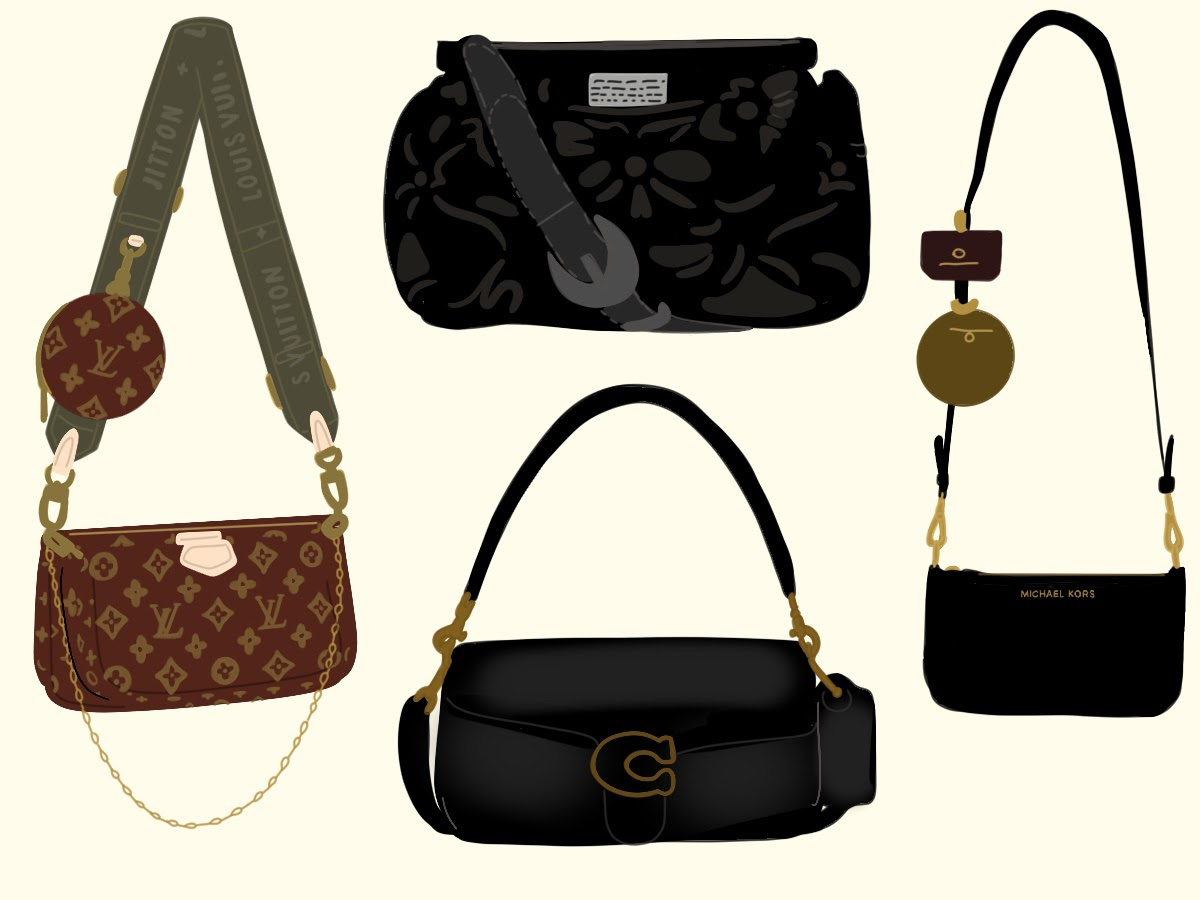
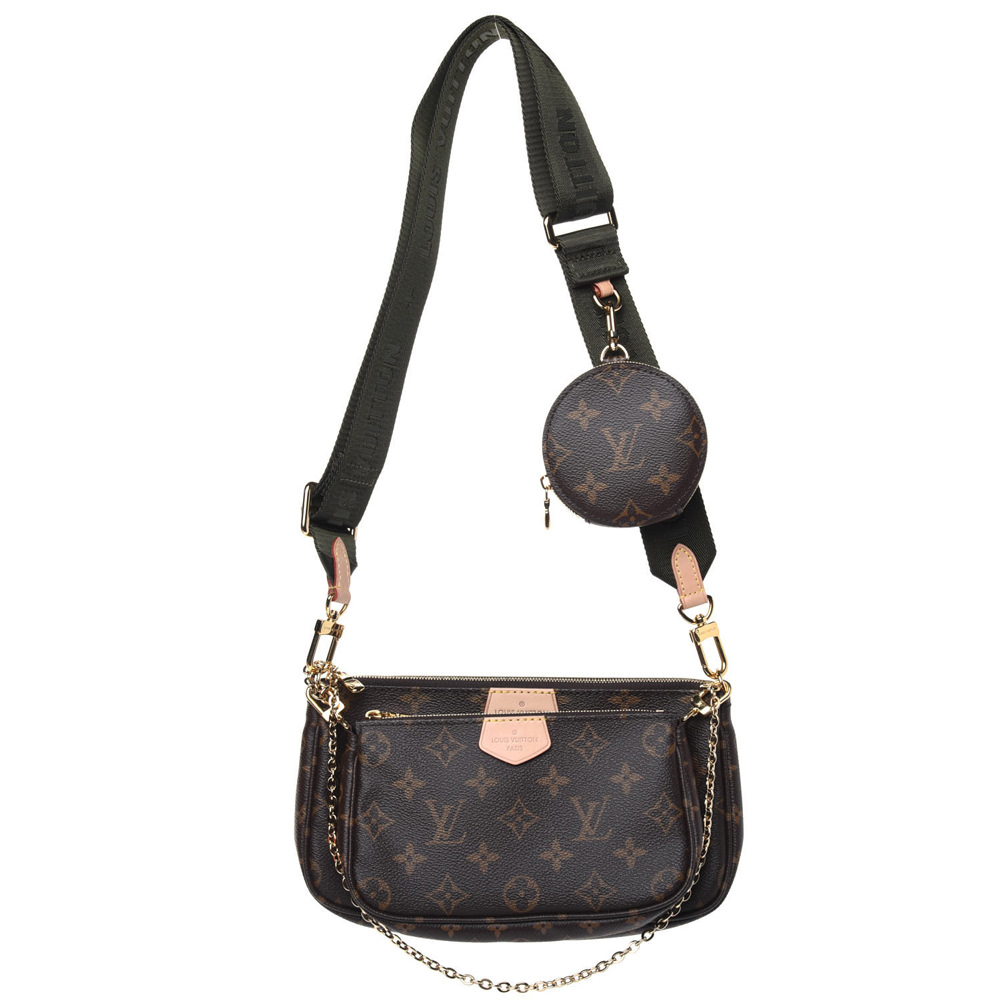
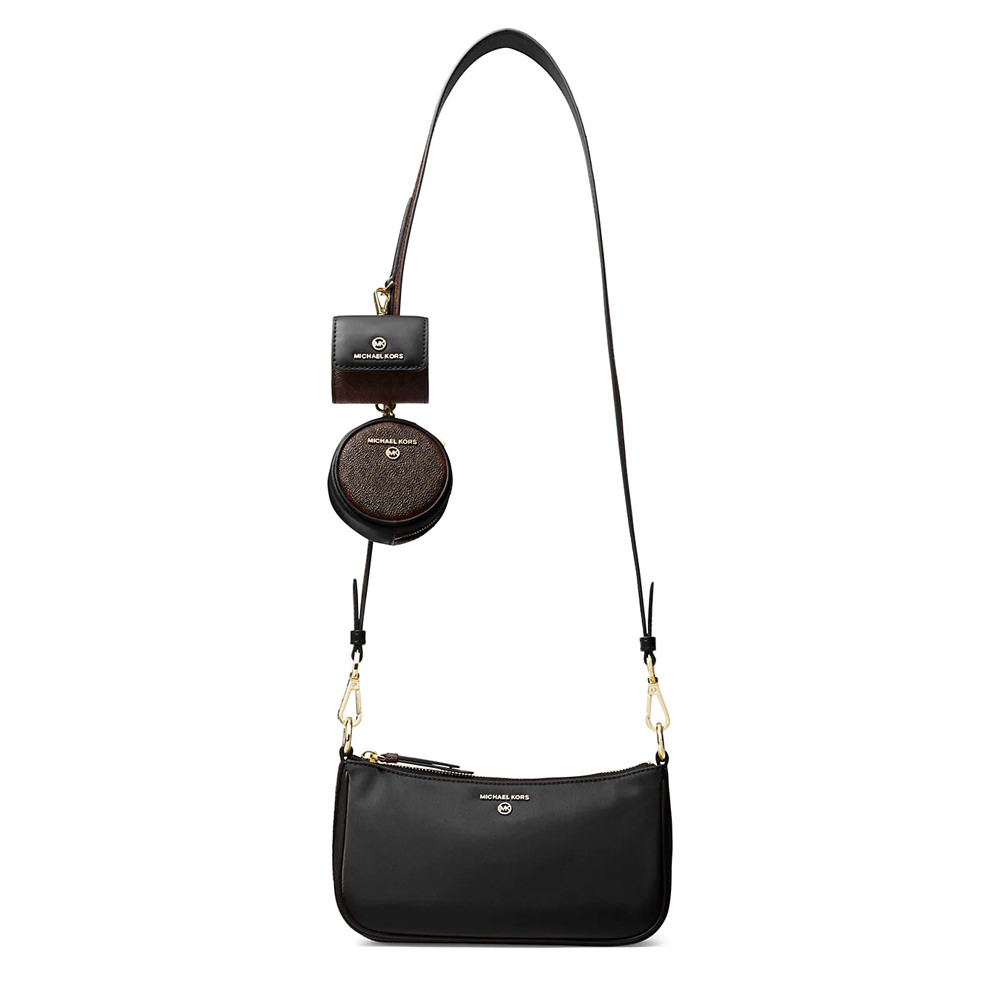
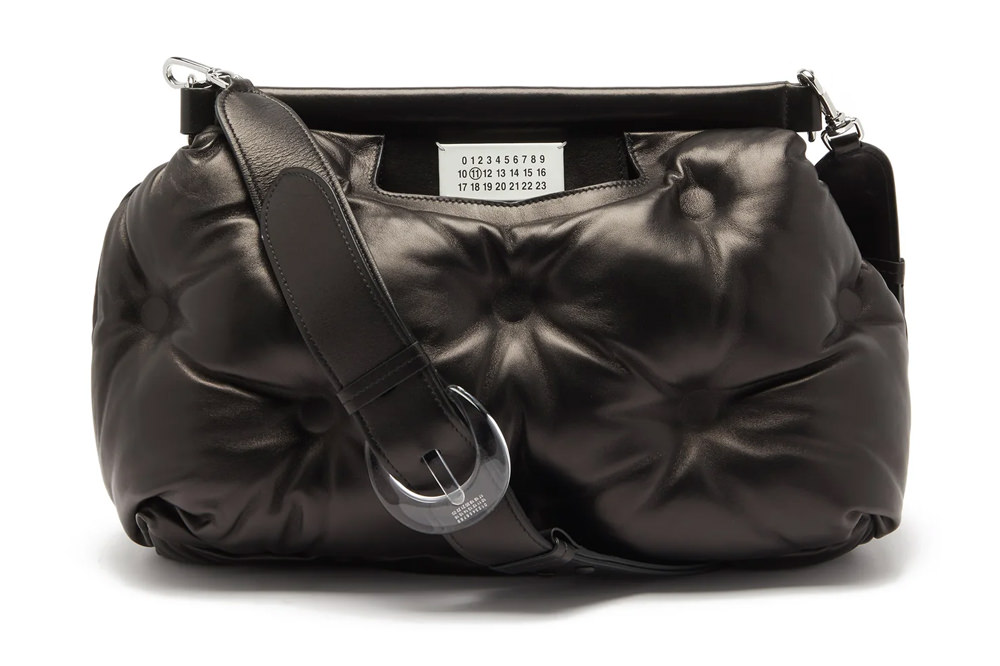
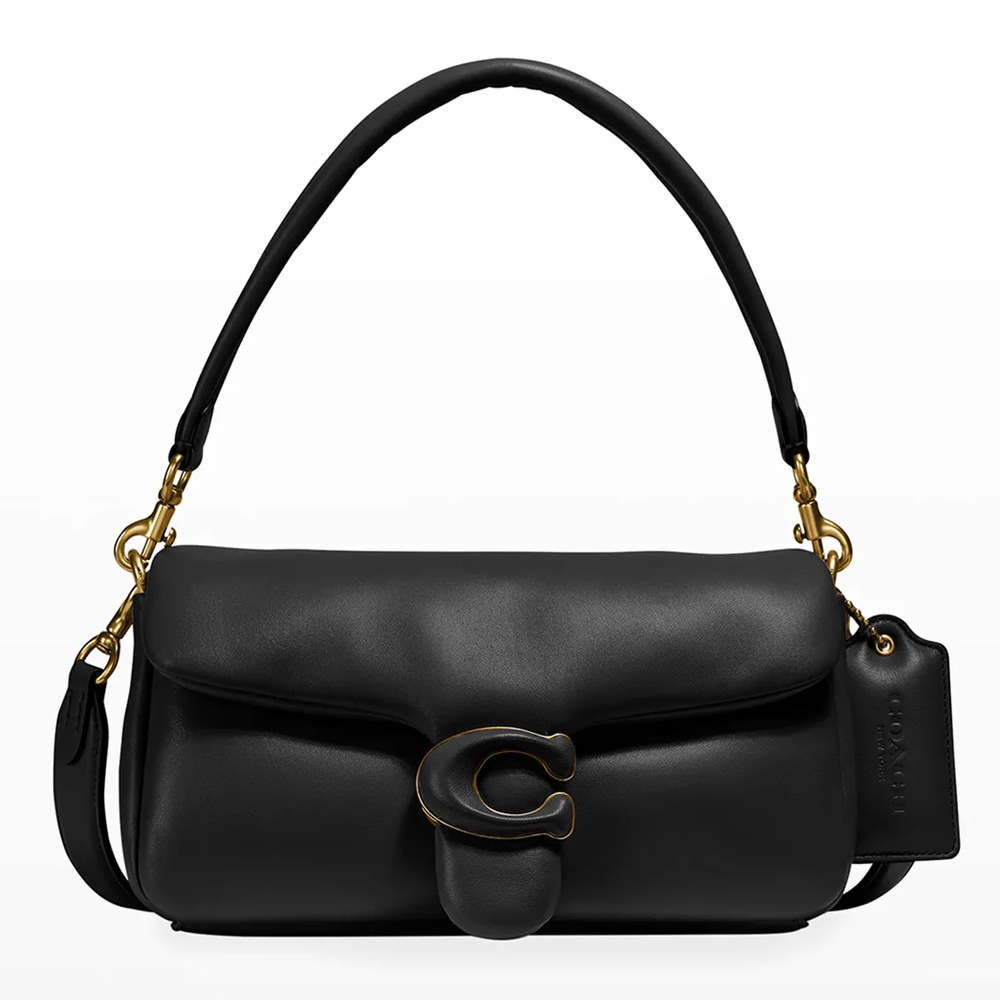

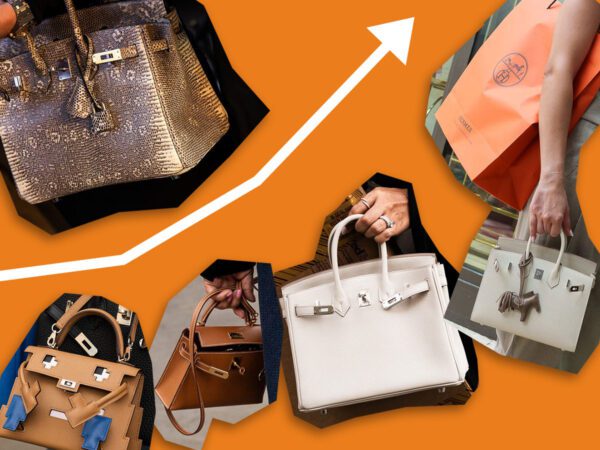








I hope this doesn’t come across as mean but this question is too broad to be taken seriously. The term dupe is too general and up to preference/opinion. I personally don’t see the Tabby as a dupe of the Grand Slam. They look completely different to me. But clearly others feel differently.
I see people here saying that they’ve never bought a dupe which I find ridiculous. Do you own a roughly box-shaped bag with two handles? Congrats you have a dupe of the Birken. Do you own a flap bag with a chain shoulder strap? Congrats you have a dupe of the Chanel 2.25. Should fashionistas be crucified for buying a Dior Saddle because it’s a dupe of an actual horse riding bag and they should have bought them from actual farm supply stores? Should people be mad that the Hermès Evelyn is a dupe of a livestock feed bag? The list goes on and on. It’s honestly ridiculous to pose it as a moral question. Sorry Mohammed I usually love your articles but this one rubbed me the wrong way for some reason.
The article didn’t rub me the wrong way in the way that it did you… but I’d have to agree that I wouldn’t categorise the Tabby as a dupe of the Grand Slam. Other than the fact they’re both puffy (but then so are the padded BV cassettes) I don’t see the similarities either!
If anything I’d think the Tabby is a “Dupe” for the Leather Fendi Baguettes.. Same dimensions, two straps included, and both Nappa leather.
Though not direct dupes perhaps, but they did spring up in response to the general trend of pillowy puffy bags so one might be inclined to think they took inspirations.
I’m sorry if the question I tried to pose here sounded vague and I appreciate your thoughts. Certainly, dupes can be thought of in a broad sense whereby nothing might seem original anymore, i.e. the Hermès Birkin, for example, could be thought of as a dupe of the original HAC (but smaller) or of the many square shaped bags that were available then. What I meant it to sound like was sort of an extension of the “Handbag Imitation” piece I wrote just a while back from a buyer’s perspective. Certainly, any square shaped bag can be thought of, in the broad sense, to be a dupe of the Birkin. But generally the types of dupe or “imitation” we’re considering here is those that copy a number of different characteristics of the original without going for the trademarked features (like the logo or, say, a signature closing mechanism). Then there are those purses that do imitate certain features but to give a different impression, example the Sac de Jour taking the Birkin’s sangles and accordion sides, which might inadvertently classify it under the “dupe” category even though it mightn’t have been meant to be (we might never know). Hence, we’re taking a narrow viewpoint on the concept of the dupe here to look at exclusively the ones that evoke and is meant to evoke the same idea (and maybe functionality) of the original, and my sincerest apologies if I couldn’t elaborate on that part in the article itself.
Buy whatever you like. To each his own 🙂
Spot on!
This reminds me of when the Coach Cassie craze was happening and everyone was a flutter saying it was copying Pochette Metis, when in fact Coach had its own version of Cassie called Court or rambler (?) I think some decades ago. Louis Vuitton had its own previous version in the Monceau. And around and around we go. those bags were both probably a dupe for some other bag that came before them. Im actually quite fine with it as long as its not replica copying the logos. The only thing I find odd is when a brand tries so hard to dupe another fashion house you feel like the bag has identity crisis. Example; LV wave.
There’s a lack of originality in general, so I think that identity crisis you mention is very real.
Fashion repeats itself over and over again, and high fashion designs have always cycled downwards, it’s just been happening more quickly because fast fashion brands have the resources to produce things very quickly. Plus, not everyone can afford to pay $3000 for a bag. IMO there’s nothing wrong with buying a dupe, just don’t buy counterfeit.
yes so true and thoughtful
LE 5 À 7 supple small in suede!
I think dupes are great! There have been plenty of times that I’ve loved the look of an original, or loved 90% of it, but there was an element (or two) that either killed the look or the functionality for me, but then a dupe comes along that eliminates or fixes said element and voila! I now have a perfect bag.
Are You Buying What Bella Hadid Is Selling!
In my mind, a “dupe” shares similarities of a style without going so far as to be easily mistaken for the “original.” I think there’s a spectrum of dupes (which I’m OK with) before you venture into the realm of “replica”/”counterfeit” (which I wouldn’t support).
Very true, and to some extent a lot of established styles fall under that spectrum even if they necessarily aren’t a traditional dupe.
I don’t see anything wrong with dupes. All the designers copy each other’s styles, especially if it gets popular. I think people should buy what they like with their money.
Indeed!
Unless I am completely certain that a particular style of anything over 3k will work for me, I almost always buy a “dupe” type product first before I buy. This goes for bags and jewelry. By doing this I have learned I do not like top handle bags. I am a shoulder and cross body girl. I do not do designer clutches either. They just do not work for my lifestyle. This has saved me a lot of money that I didn’t lose from selling what I do not use. I’ve learned that unless I want a very expensive paperweight or pretty display piece I need to love it from afar. A similar style product has also been a way for me to know I am going to be happy with a purchase.
Before I bought my 4 diamond love bracelet, I bought a plain gold plated silver bangle that was as close to the size the real one is that I could find. I wore it for over a month before I ever went into Cartier to try my 4 diamond one on in person. When I saw the bracelet for that month I thought, ” Can I wear this ALL the time if it is the real bracelet I think is pretty? I wore it with my outfits and every day I kept in mind, ” picture this with the little screw symbol and 4 diamonds instead of plain, can I wear it with my outfit today?” At night I paid attention to how long it took me to not notice wearing it while I slept and if it would annoy me.
After over a month I was pretty sure that I COULD be happy wearing a bracelet 24/7 and I went into Cartier. I bought the 4 diamond bracelet in RG and have never looked back.
Not having used jewelry a lot (read: none), I actually had no idea that jewelry dupes were even made but I suppose I should have seen it coming and your opinion was an eye-opener. And I can guess how experimentation with dupes might be even more crucial in the jewelry department because it might be very easy to forget that it exists if one doesn’t end up using it even if they’ve spent a large sum on it (maybe because handbags are bigger and hence, serve as bigger reminders of our decision? Now I’m not so sure if that’s actually a bad thing).
Same here – I’ve purchased dupe jewelry and accessories to help me determine actual fit/function of a piece in my life. It makes it a lot less scary to plunk hundreds or thousands on knowing you’ll definitely use it.
I did this when I wanted to purchase a Chanel WOC for over $3K. I bought a cheaper version (less than $200), used it once, did not like it & gave it to my DIL, who loves it.
Shallow Obsessing Strongly Encouraged. Since 2005!
😂
I have higher end bags and I also have dupes (bags I’ve gotten from amazon/forever 21/target that have similar features of very expensive bags. I paid $70 for a Birkin style bag, and I like it, quite a lot. I don’t have an issue with a dupe, as long as the maker isn’t saying its the actual expensive bag.
The price difference is truly astounding!
Country OG sneakers!!
Louis Vuitton Multi-Pochette Accessoires.
Spot on!
I don’t think there’s anything wrong with a dupe. While I wouldn’t want a crappy, uglier version of something, I can appreciate a reimagined version or inspired-by version. Mansur Gavriel’s Cloud bag was inspired by BV’s pouch but it’s made with an obvious heart shaped frame which I personally prefer. The world would be a boring place if we only had one version of everything – whether it’s handbags, potato chips or jeans (we’d all be wearing Levi’s)
Indeed, and it would make the originals less exclusive that way. Perhaps the more affordable dupes are actually helping to make the originals less saturated, and hence more expensive, not to mention the obvious extension in choices for buyers.
I buy dupes all of the time. For me, it’s more about the style and life functionality. Then, I determine whether or not I want to spend the money.
For example, I carry a canvas Dooney tote because it makes no monetary sense to purchase a Neverful, I only use it to lug my stuff to work. It literally goes from my apartment to my car to my classroom then back again. I never use it outside of work. I don’t like totes, but I admit that it’s good for work because it holds my laptop.
That’s a really wise way towards making an expensive purchase, we never want to be disappointed with something that costs a lot and dupes provide us with an outlet of experiment. Kudos to you!
There are dupes, and then there are “designer inspired”versions. The later designs are an On trend version of the original. That makes the style accessible to many who can’t or don’t want to spend thousands of dollars on the designer original, but love the current style. Nothing wrong with that at all.
Indeed, I think it’s a way that people in all income brackets can express their admiration for and enjoy designer styles.
I personally have never bought a duplicate but see no harm if others buy it or use it – to each their own
Indeed!
I think when it comes to buying dupes, it’s kind of a spectrum – when does a dupe slowly become an imitation and then it becomes its own thing. I think dupes are okay but dupes that are charging comparable prices to the original are not. There are some very expensive dupes these days! And to me it is taking advantage of the less informed customers about the dupe brand’s originality, design and craftsmanship.
I absolutely agree with you about the spectrum of “dupeness”. And as you have rightly pointed out, there are dupes that are actually more expensive than the original nowadays – like the Chanel multi-pochette created in response to LV’s that’s more than 3 times as expensive!
I do not like to buy look alike for fast fashion trend. It seems a little disrespectful to the original designer. There are so many worthy designs to pursue at all price levels so why follow the masses
That’s absolutely understandable, but of course, there’s the trend factor to account for.
I have a Gucci Soho Disco, I loved the shape and it’s very practical, so then I bought a similar shape and size bag from Other Stories.
It’s all about knowing what you like. I don’t see an issue in using similar shape/size bags.
I think its important for people to stay in their price point. If you like a style and see it at your price point then that’s the bag for you. I don’t like the idea of Michael Kors or Rebecca Minkoff but to many $300 bags are the goal.
I agree, and of course, we can always save up for something at a more elevated price point as well.
I agree with the other commenter who said the word “dupe” in this article/context is too vague. Fashion evolves and gets trends in big parts through copying/inspiring each other, so every piece needing to be a complete unique piece of art is a far off dream, so no, I don’t mind “dupes” in that sense.
Some that are one step above calling a knock off iPhone an iPnone I do find tacky, but in the end none of my business to those who want to carry that.
Indeed, I think the degree to which something is “duped” is upon on the individual to decide, as Sego-lrm pointed out that the Coach Tabby may not be seen like a clear dupe of the Margiela, and that is because, even though it is essentially a pillow-ish bag, it doesn’t take the concept too literally as Margiela does and that makes it quite different, and hence, even though it has a number of features in common, it’s still quite different in a “work of art” way. Dupes that don’t blatantly copy each other provide the buyer with more choice, and that may be looked upon through a narrow viewpoint (like I did) or in a more broader sense that would probably encompass a lot of others that would normally not be considered a dupe.
Before the world of luxury handbag, I was blissfully unaware of these dupes aka copy cat designs marketed by contemporary and other affordable brands. With the new found knowledge and interest in new collections, I now see original designs everywhere. The last time I walked through a Macy’s, I felt like Neo in Matrix seeing all the 1’s and 0’s recognizing dupes left and right.
Joking aside, I try to minimize dupe purchases. In my small collection, I like knowing my speedy and Alma are original designs. There are some bag styles I will not invest in and very okay buying the style at Express – anything rattan/picnic basket like. However, some contemporary brands do have quality leather bags of their own, hello Tory Burch. Conversely, I do see BV pouch style everywhere, but won’t buy into a dupe or an original.
Honestly, I’m always rather terrified of rattan bags because I’m always fearing that they’ll fall apart or just get super dirty in general – is that really so?